Elaborately carved Zanzibar doors manifest the cultural roots of the Swahili coast in Eastern Africa. The clash of Swahili, Arab, and Indian traditions is probably most notable in the design of Zanzibar doors. If you look close enough, these giant teak masterpieces tell stories of the residents’ social status, religion, and profession.
Photograph Zanzibar Doors – And Capture the Spirit of Stone Town
Zanzibar’s Stone Town is a real treat for a photographer, but especially for all the door lovers out there. Stone Town should be marketed as Instagram addict’s paradise destination, as pastel-colored wooden doors make just a perfect background for rustic urban scenes.
Cats are stretching out and chasing each other in the doorways; men are gathering at street corners to sip coffee while caught in loud debates or sitting outside their houses playing bao inertly. Kids are running after a ragged soccer ball, and women are returning home from the market carrying heavy packages upon their heads. Those distinctive Zanzibar doors are framing all these moments. Time stands still in Stone Town: It’s like a window to the past.
Where Can You Find Zanzibar Doors?
In Stone Town, the task is easy: you cannot avoid seeing tens of magnificent Zanzibar doors when walking on the main roads and maze of alleyways. You don’t need a map to find the most famous Indian, Arab, or Swahili doors: Just walk around aimlessly for a couple of hours, and you will stumble upon them. If you decide to take a guided city tour inside Stone Town, your guide will point out Zanzibar doors, as well.
One of the Zanzibar’s oldest doors decorates the entrance of Stone Town’s Old Fort. While you take highly recommend evening walk at Forodhani Gardens sampling street food, look for a stunning door at Old Customs house.
The term “Zanzibar doors” is used as a concept referring to the beautifully carved wooden doors all around the Swahili coast. Thus, you will find Zanzibar doors also for example on Lamu Island and Mombasa in Kenya. The design of Zanzibar doors has been copied all over the world, so it’s possible to find fine examples of these carved wooden doors also elsewhere.
How to Identify Swahili, Indian and Arab Doors in Zanzibar
After wandering for a few hours around Stone Town, you’ve probably walked past hundreds of brass-studded doors, and some friendly local has already told you the differences between Swahili, Indian, and Arabic door design.
Doors belonging to the same tradition can be found in groups since Stone Town has been divided into ethnic districts. Let’s take a look at the different door designs found in Stone Town, Zanzibar.
Indian Doors: Brass Studs and Carved Decorations
Traditional Indian doors, also called Gurajati doors, are usually divided into smaller sections and have foldable shutters. These wooden doors were common at bazaar streets of Zanzibar.
Another type of Indian door has heavy brass studs and arched top frame, just like in Indian palaces. Brass studs come from India, where they were used to protect the doors against elephants.
In Zanzibar, doors are embellished with brass studs purely for aesthetic purposes, as there haven’t been elephants in Zanzibar. Brass studs, just like carved decorations, showcase the wealth of the resident.
Omani Arab Doors: Carved Frames and Friezes With Inscriptions
Arab doors are generally rectangular and have intricately carved frames. They are likely to a carved frieze with Arabic inscriptions or symbols, commonly citations from the Quran. The frieze is usually carved in rosettes and might also have the resident’s name.
The oldest Arab doors have rectangular friezes, whereas newer Indian-influenced Arab doors have round friezes.
In Zanzibar, also Arab doors might have brass studs – another influence from the Indian doors. The more complex carvings, the wealthier the resident.
Swahili Doors: Simple Wooden Carvings
When compared to Indian and Arab doors, Swahili doors are more modest wooden doors without fancy decorations. Still, Swahili doors are the best and most elaborate example of Swahili architecture. Even Swahili doors have intriguing carvings.
The Swahili doors are rectangular like Arab doors, but, of course, lack Arabic inscriptions.
The oldest samples of Zanzibar doors are Swahili doors. Arab and Indian styled door designs got more popular during the 19th century.
Other Distinctive Features of Zanzibar Doors
Zanzibar doors are massive; thus many of them have smaller openings inside of them. That allows visitors to pass without opening the whole massive teak door. In the past, opening the huge door meant taking a risk that also enemies could enter the building.
Zanzibar doors have a common design. The doorway consists of a lintel, center post and two separate doors at both sides. In history, the doorway was said to have female and male doors.
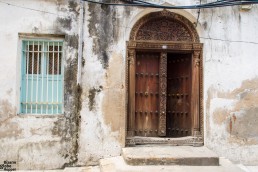
What We Can Learn From the Carved Doors of Zanzibar?
When plunging deeper into the fascinating world of Zanzibar doors, you’ll discover that each door is preciously different. Ornaments and patterns tell the story of the resident.
Wave-like patterns and ropes allude to seaborne trade. Chains are said to protect the building from evil spirits, but they also mark the mansions of wealthy Arab slave traders. Flowers at the top of the door tell how many families used to live inside, whereas vines refer to the spice trade. Geometric shapes, like squares, refer to accountants.
History of Zanzibar Doors: From Burmese Teak to Mahogany and Black Wood
The oldest Indian-inspired doors in Stone Town are made from Burmese teak, imported all the way across the Indian Ocean. After Burmese teak was no longer available, the East African teak was used instead until it was getting hard to find as well. Nowadays Zanzibar doors are made mainly from mahogany and black wood.
In the 1980s Stone Town was calculated to have 800 historical Zanzibar doors. Unfortunately, the number has decreased due to lack of renovation and eager international collectors. When we visited Stone Town, many doorways were under renovation process: We hope that renovations continue and this rich architectural tradition will be preserved.
Do you share our love of photographing doors? We’d love to know if you know destinations like Zanzibar’s Stone Town for door hunters!
Pin These Beautiful Doors!
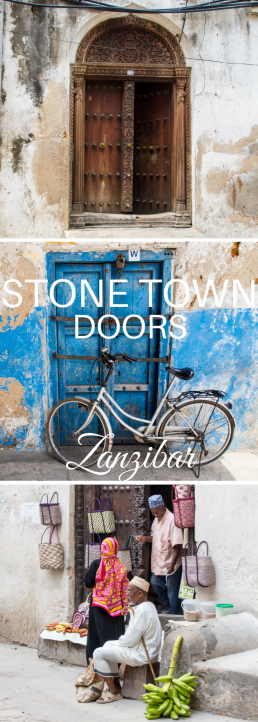
You May Also Like to Read:
Sunset Dinner Upon the Roofs of Stone Town, Zanzibar
Enjoy a dreamy sunset over the fabled Stone Town from the legendary rooftop teahouse of Emerson Spice. The beautifully ornated Swahili mansion has its roots deep in the history of Zanzibar.
Lose Yourself in the Narrow Alleys and Quirky Sights of Stone Town, Zanzibar
Get lost in the sensory overload and idle away hours navigating the crumbling alleyways of Stone Town. You either love it or hate it, but one thing is certain: Stone Town takes over you.
How to Choose a Safari Company in Tanzania: A Comprehensive Checklist
Safari in Tanzania should be the trip of a lifetime. Choose your safari company wisely to get the best out of the gorgeous national parks!
The Ultimate Guide to Mafia Island, Tanzania: What to See and Do, Where to Stay and Costs
The tiny island of Mafia has it all: unparalleled marine life, weird dwarf hippos and flying foxes, deserted beaches and intriguing history.
Unwind Like a Sultan at the Best Beach of Zanzibar
Still isolated Bwejuu beach at the southeastern corner of Zanzibar offers just that elusive retreat you are probably looking for when hearing the word Zanzibar in all of its exotic connotations.
Forodhani Gardens Street Food Market, Zanzibar
At the time of sunset, Forodhani Gardens transform into a lively street food market, where locals and tourists alike stroll between food stalls to pick Zanzibari and Swahili delicacies.


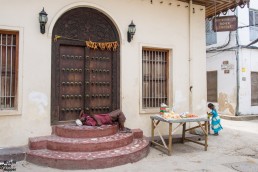
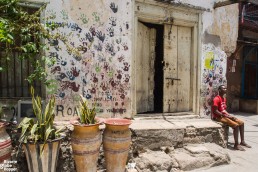
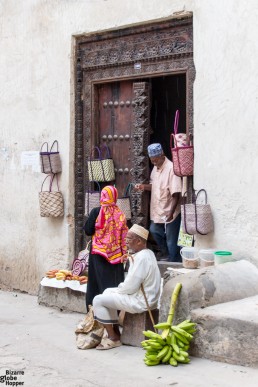
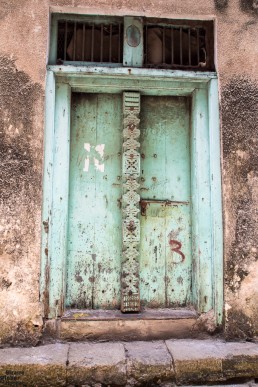
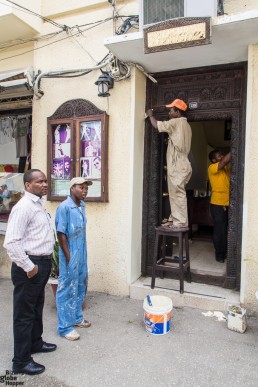
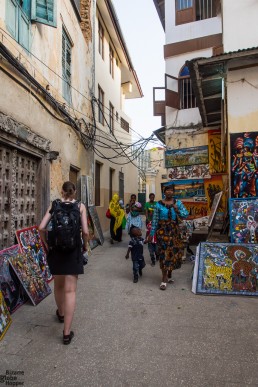
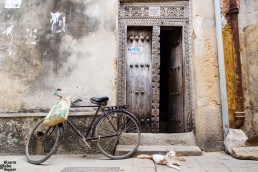
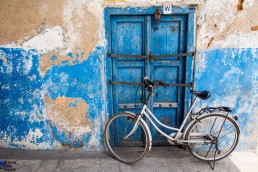
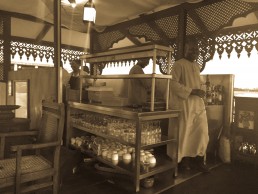
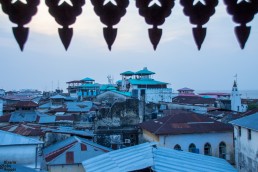


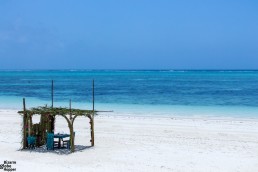
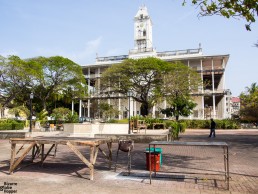
Hello! I wa born in stone town…i have got those curved windows from oldest fallen buildings made up from teak plant in my shop.. Treasures of Zanzibar
Oh my, so much history! All I’ve associated with Zanzibar was the beaches. I didn’t really consider the town. This has moved Zanzibar even higher up on my bucket list!
Hi Alexandra! Thanks for reading. Stone Town is an intriguing add-on to any beach holiday, it makes Zanzibar such a versatile destination. We recommend spending at least one night in Stone Town to see the other face of Zanzibar. When day visitors leave, you can really experience the history and feel the authenticity of Stone Town. Happy travels! Greetings from Namibia, Niina
Greetings I am so delighted I found your blog page, I really found you by mistake, while I was browsing on Bing for something else, Anyways I am here now and would just like to say cheers for a marvelous post and a all round entertaining blog (I also
love the theme/design), I don’t have time to look over it all at the minute but I have bookmarked it and also included your RSS feeds, so when I have time I will be back to read a great deal more, Please do keep up the great work.
Hello Niina, great description of the doors, I really enjoyed reading it! I have been recently to Zanzibar too and was amazed with the beauty and history of the place! Have a nice day!
Hello Gosia, thanks for stopping by! Oh, how I already miss those picture perfect beaches and exotic scents hanging in the air. Happy travels!